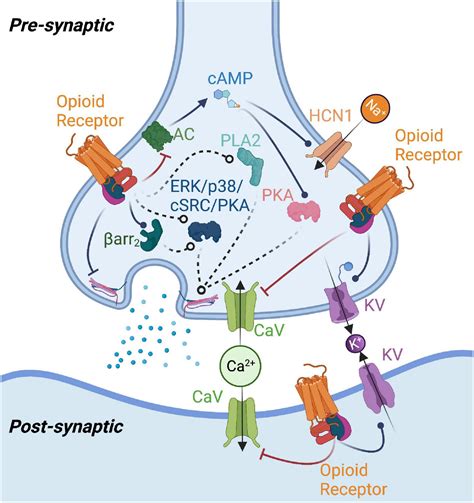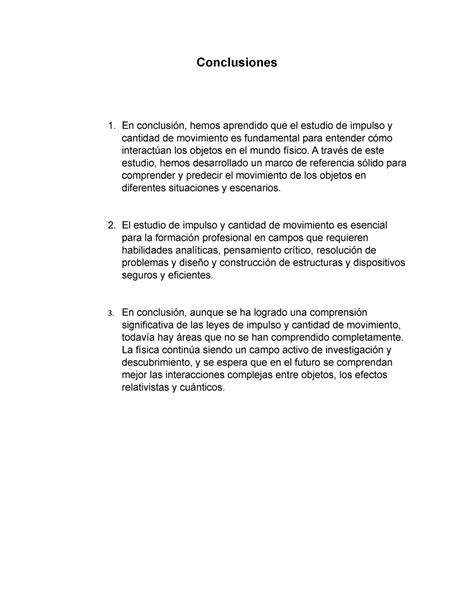Intro
Learn about Oxycodone 5-325 mg dosage, interactions, and side effects. Understand prescription guidelines, acetaminophen warnings, and opioid safety for effective pain management.
Oxycodone, a semi-synthetic opioid analgesic, is commonly prescribed for managing moderate to severe pain. The 5-325 mg dosage refers to a combination of oxycodone hydrochloride (5 mg) and acetaminophen (325 mg), which is often used for short-term pain relief. Understanding the proper use, benefits, and potential risks of this medication is crucial for both healthcare providers and patients.
The importance of following a prescribed dosage guide cannot be overstated, as misuse or abuse of oxycodone can lead to severe health consequences, including addiction, overdose, and even death. It's essential for patients to be well-informed about their medication, including how to take it safely, potential side effects, and when to seek medical help. Furthermore, the role of oxycodone in pain management highlights the need for a balanced approach that considers both the benefits of pain relief and the risks associated with opioid use.
Pain management is a complex issue, and oxycodone is just one of the many tools available to healthcare providers. The decision to prescribe oxycodone should be based on a thorough assessment of the patient's condition, medical history, and other factors that might influence the effectiveness and safety of the medication. Patients, too, play a critical role in their care by adhering to the prescribed dosage, reporting any side effects or concerns, and being open about their medical history and any substance use.
Oxycodone Mechanism of Action

Benefits of Oxycodone 5-325 Mg
The benefits of oxycodone 5-325 mg include its effectiveness in managing moderate to severe pain, ease of administration, and relatively fast onset of action. For many patients, this combination provides sufficient pain relief, improving their quality of life and ability to perform daily activities. However, it's crucial to weigh these benefits against the potential risks, especially the risk of dependence and addiction, which can be significant with long-term use.Side Effects and Risks

Precautions and Contraindications
Certain precautions and contraindications must be considered before prescribing oxycodone 5-325 mg. Patients with a history of substance abuse, respiratory depression, or acute or severe bronchial asthma should use this medication with caution or under close medical supervision. Additionally, oxycodone can interact with other medications, such as benzodiazepines, increasing the risk of adverse effects. Pregnant or breastfeeding women should discuss the potential risks and benefits with their healthcare provider before taking this medication.Dosage and Administration

Steps for Safe Use
For safe use of oxycodone 5-325 mg, patients should: - Take the medication exactly as prescribed. - Not exceed the recommended dose or take it more frequently than directed. - Be aware of potential interactions with other medications or substances. - Monitor for signs of side effects or adverse reactions and report them to their healthcare provider. - Store the medication securely to prevent misuse or accidental ingestion by others.Alternatives and Complementary Therapies

Pain Management Strategies
Effective pain management often involves a multidisciplinary approach, considering both pharmacological and non-pharmacological interventions. Strategies may include: - Lifestyle modifications, such as exercise and dietary changes. - Psychological support to address the emotional and mental aspects of pain. - Interventional procedures, like nerve blocks or spinal injections, for specific types of pain. - Alternative and complementary therapies to enhance well-being and reduce pain perception.Conclusion and Future Perspectives

Final Thoughts
As we move forward in the field of pain management, it's essential to prioritize patient-centered care, tailoring treatment plans to individual needs and preferences. By combining the best of pharmacological and non-pharmacological approaches, we can work towards improving pain relief outcomes while minimizing the risks associated with opioid use. This requires ongoing education, research, and collaboration among healthcare professionals, patients, and policymakers to create a comprehensive and compassionate framework for addressing the complex issue of pain.What is the primary use of oxycodone 5-325 mg?
+Oxycodone 5-325 mg is primarily used for the management of moderate to severe pain.
What are the common side effects of oxycodone 5-325 mg?
+Common side effects include nausea, vomiting, constipation, drowsiness, and dry mouth.
Can oxycodone 5-325 mg be used during pregnancy or breastfeeding?
+Pregnant or breastfeeding women should discuss the potential risks and benefits with their healthcare provider before taking this medication.
We invite you to share your thoughts, experiences, or questions regarding oxycodone 5-325 mg and pain management in the comments below. Your engagement can help foster a supportive community and provide valuable insights for others seeking information on this topic.
